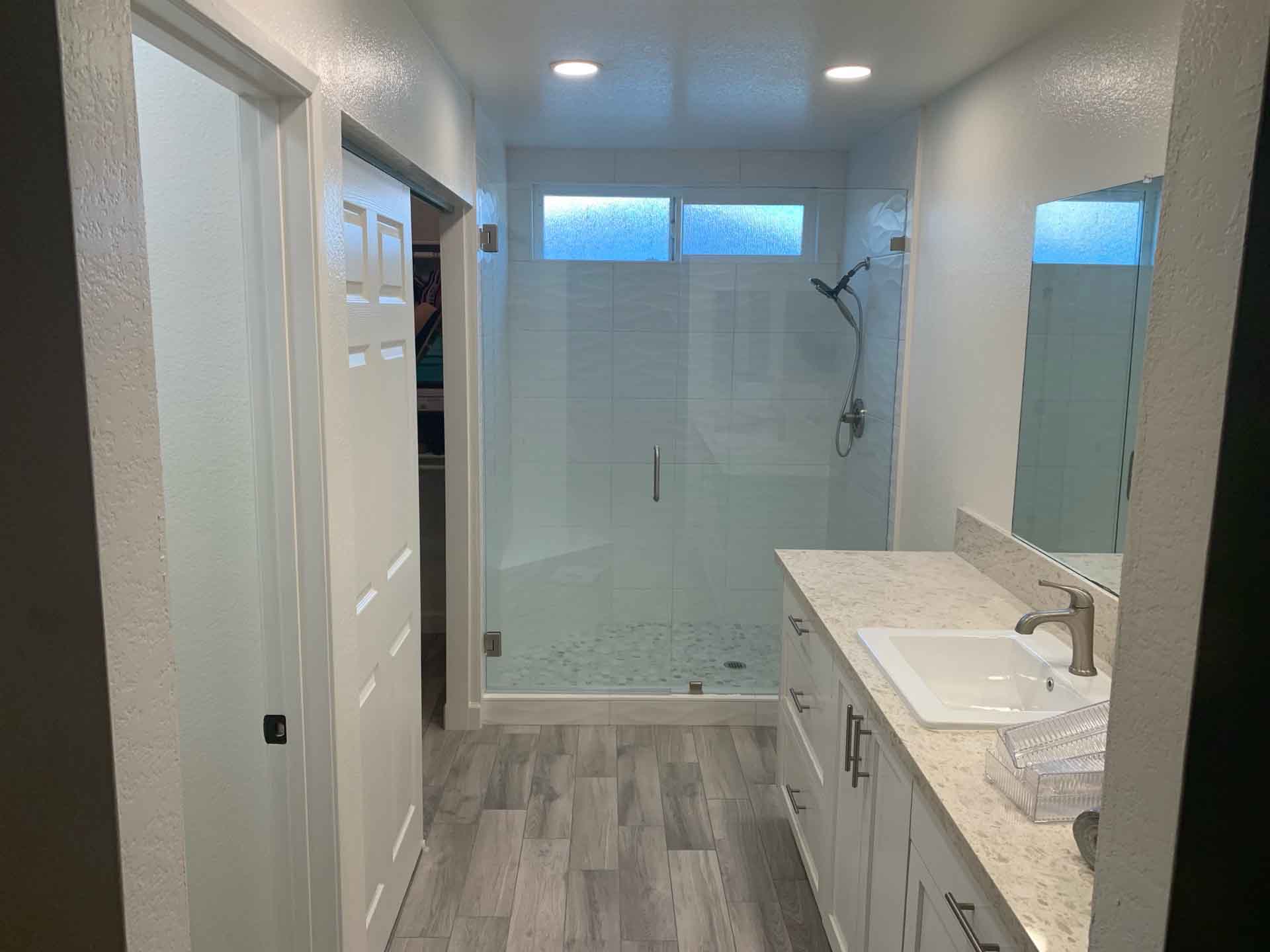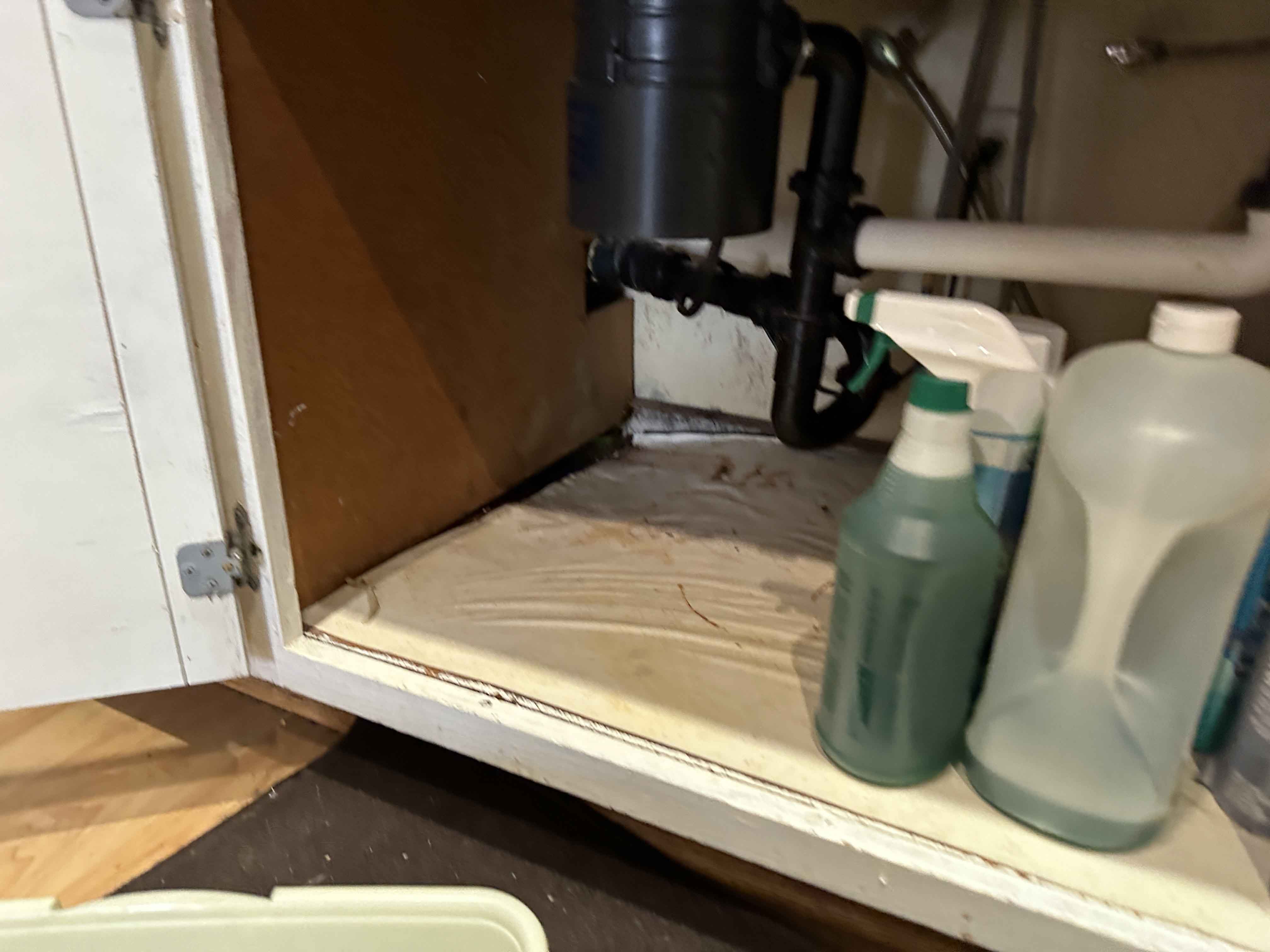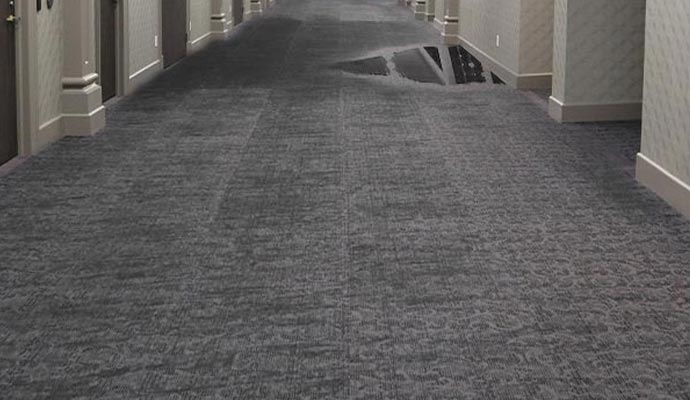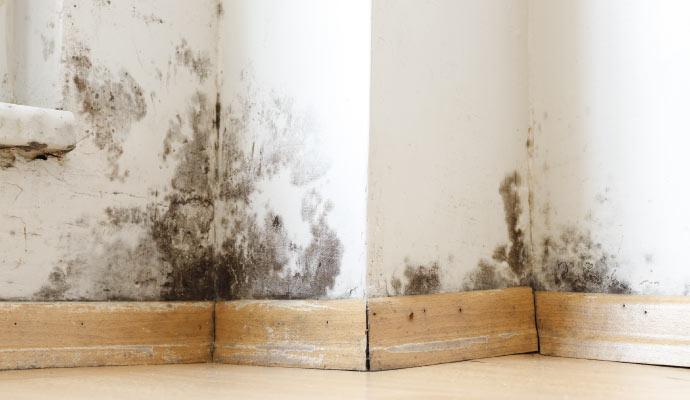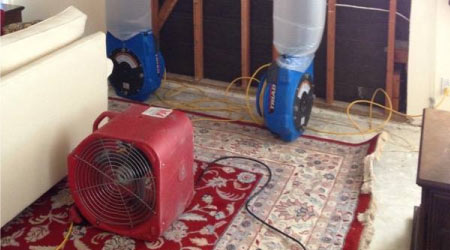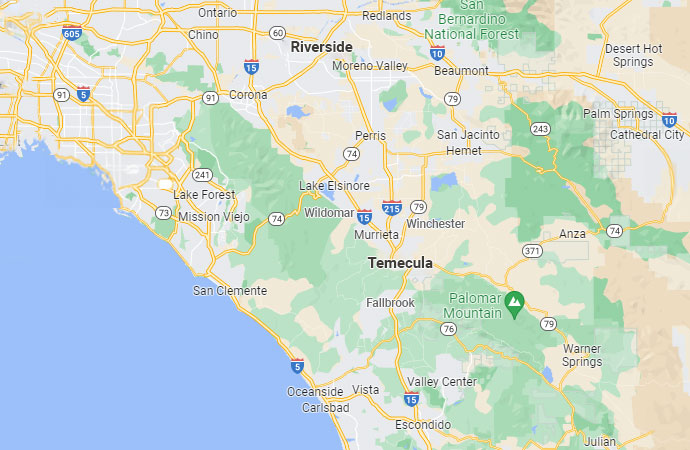
Essential Elements of Water Damage Restoration
Water damage is a common issue that many homeowners and property owners face. Whether caused by a burst pipe, leaking roof or natural disaster, water damage can wreak havoc on a property if not addressed promptly and effectively. Water damage restoration is a complex process that requires professional expertise and specialized equipment. In this article, we will explore the essential elements of water damage restoration and provide expert insights on key strategies for effective cleanup and restoration.
Understanding the Water Damage Cleanup Process: A Comprehensive Overview
Water damage cleanup is a crucial step in the restoration process. It involves the removal of excess water, drying out the affected area and ensuring proper sanitation to prevent mold growth and further damage. The first step in the cleanup process is to identify the source of the water and stop it from causing further damage. This could involve shutting off the main water supply or repairing a leaking pipe.
Once the source is addressed, the next step is to extract the standing water. This is typically done using powerful pumps and vacuums that can remove large volumes of water quickly. After the excess water is removed, the affected area needs to be thoroughly dried. This is achieved through the use of industrial-grade dehumidifiers, air movers and specialized drying techniques. It is crucial to ensure that all moisture is eliminated to prevent mold growth and structural damage.
Sanitization is another essential element of the water damage cleanup process. This involves the use of antimicrobial solutions to disinfect the affected area and prevent the growth of bacteria and mold. Additionally, professional restoration companies may use specialized equipment, such as ozone generators, to deodorize the space and eliminate any lingering odors. Once the cleanup process is complete, the restoration phase can begin, which involves repairing or replacing damaged materials and restoring the property to its pre-damaged condition.
Key Strategies for Effective Water Damage Restoration: Expert Insights
Effective water damage restoration requires a systematic approach and careful execution. One key strategy is to act quickly. Time is of the essence when it comes to water damage, as the longer the water sits, the greater the damage it can cause. Hiring a professional restoration company that offers emergency services is crucial to ensure a rapid response and minimize the extent of the damage.
Another important strategy is to conduct a thorough assessment of the damage. This involves documenting the extent of the water damage, identifying any structural issues and assessing the potential for mold growth. A detailed assessment will help determine the appropriate restoration plan and enable the restoration team to prioritize their efforts.
Furthermore, employing advanced drying techniques is vital for effective water damage restoration. Professionals use specialized equipment, such as thermal imaging cameras and moisture meters, to detect hidden moisture and ensure that all affected areas are properly dried. This helps prevent secondary damage and reduces the risk of mold growth.
Water damage restoration is a complex process that requires a professional and systematic approach. Understanding the essential elements of water damage cleanup, such as identifying the source, removing excess water, drying the affected area and sanitizing the space, is crucial for successful restoration. By acting quickly, conducting a thorough assessment and employing advanced drying techniques, property owners can ensure effective water damage restoration and minimize further damage to their property. If faced with water damage, it is always recommended to seek the assistance of a professional restoration company for timely and efficient restoration services. Pulido Cleaning & Restoration, 951-494-6040


